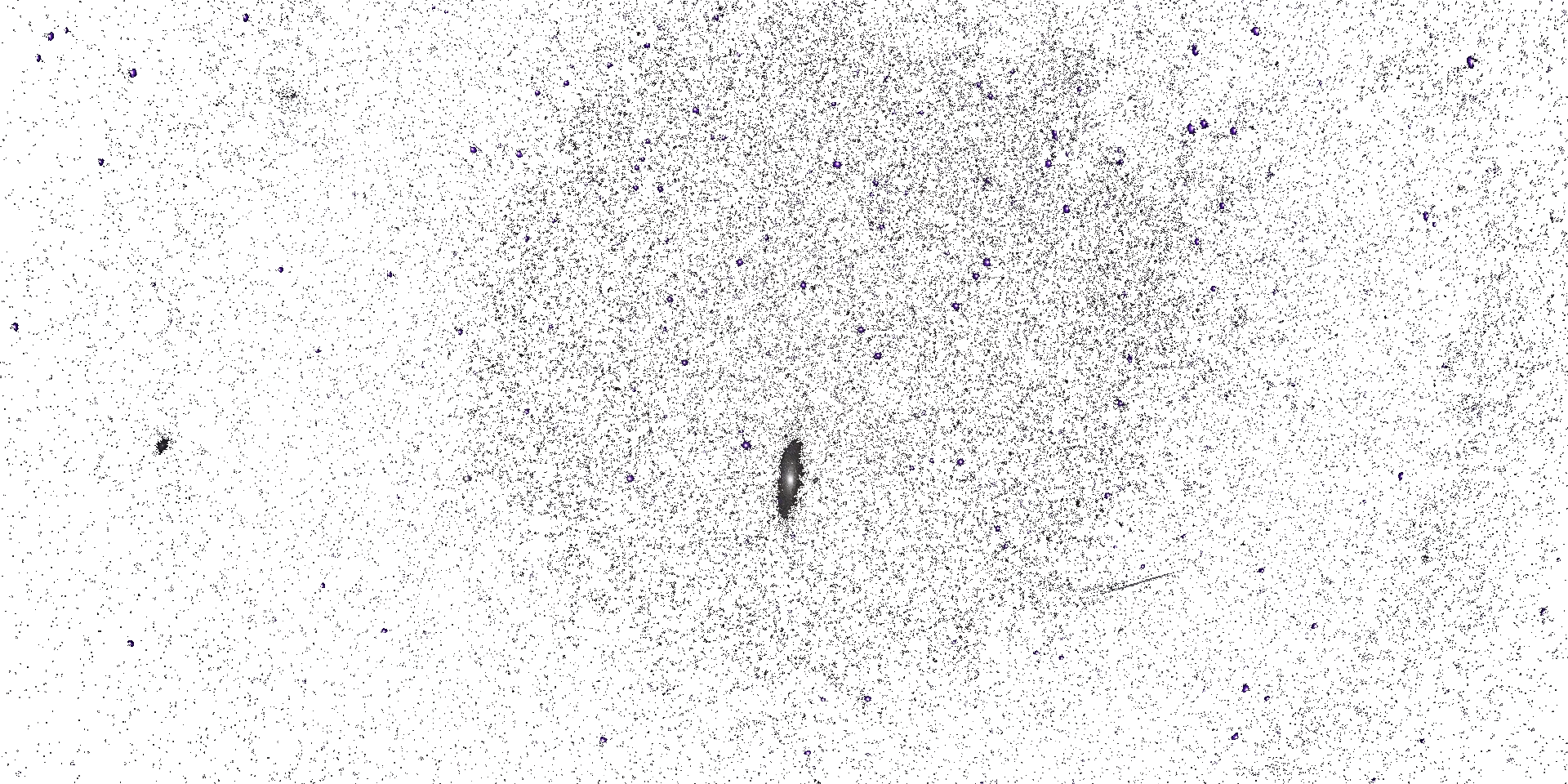




Space Climate 8 Meeting Abstract
On the Time Behaviour of Calcium Abundance during Flare Decays
Janusz Sylwester (Space Research Centre)
B. Sylwester (1), K.J.H. Phillips (2) and A. Kępa (1)
(1) Space Research Centre, Polish Academy of Sciences, Solar Physics Division, Wroclaw, Poland
(2) Earth Sciences Department, Natural History Museum, London, UK
(2)
The Bent Crystal Spectrometer (BCS) on NASA's Solar Maximum Mission operated between 1980 and 1989 over one of the most active solar cycles in recent history. The instrument remains the highest-resolution solar X-ray spectrometer to date. Recent revision of BCS instrument characteristics (Sylwester et al. 2021) has enabled the abundance of calcium A(Ca) to be determined from lines-to-X-ray continuum measurements during flare decays with much improved precision. Flare decays were chosen to minimize the risk of significant departures from ionization equilibrium. The determination of A(Ca) is as precise as only 1% to 3 %. It is made from spectra for which the emitting temperature (from satellite-to-resonance line ratios) is greater than 5MK, enabling the behaviour of any time variations during each of the flare decays to be examined. We found, as might be expected, that for most flare decays in our sample that A(Ca) remains constant (at the level of about three times photospheric) but that there are flares with decay phase variations of A(Ca) with time - some showing slightly decreasing, others slightly increasing trend. Definite "segments" of changing A(Ca) during which the rate of decay/rise is approximately constant for some flare decays can be recognized based on source location and evolutionary path in the emission measure-temperature diagrams.
We discuss these results and present possible physical scenarios which may account for the observed abundance changes.
Mode of presentation: oral (Need to be confirmed by the SOC)
